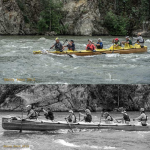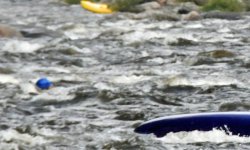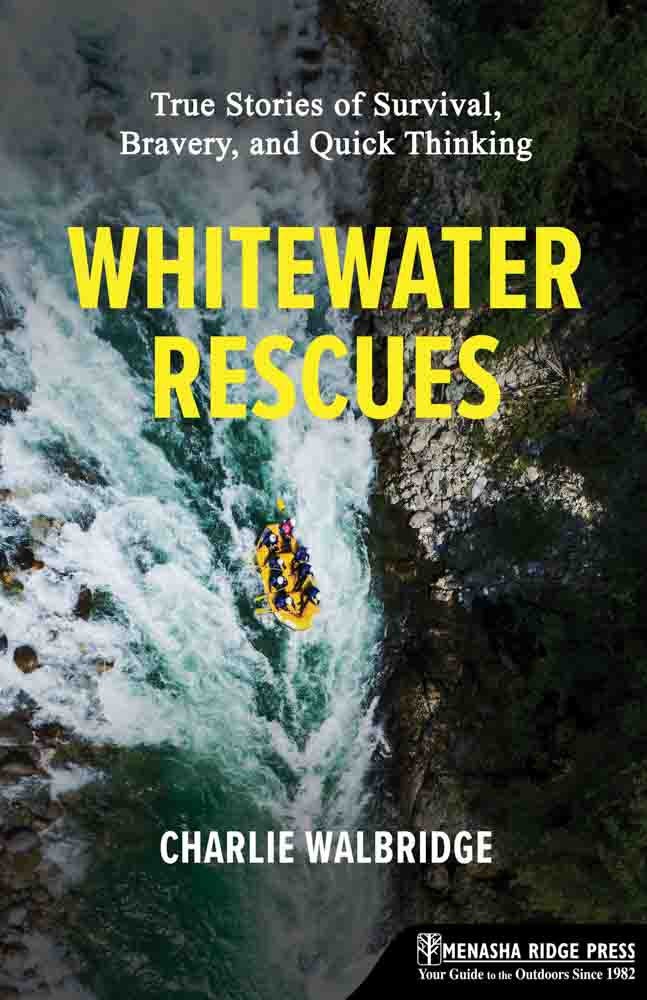go agressieve towards the other bank.
flip over and swim aggressively when you have the chance.
HOW you should swim aggressively to shore after a period of being in the passive, on-your-back position is literally a time for "different strokes for different folks."
I have never been a strong swimmer, especially with the Australian crawl or freestyle stroke. I learned breast stroke as a kid and that was my go-to, albeit slow, stomach stroke. I was fastest as a kid in a tire tube using a backstroke. I'm confident I can more "aggressively" vector to shore in a PFD with a backstroke than any stomach stroke. So, I never flipped over for stomach swimming in my 20 years of hardcore whitewater boating. After a dump, I would backferry with backstrokes when initially defensive, and when an opportunity came to get to shore, I would simply change my angle more toward shore and continue backstroking. I would put my feet on the bottom when it was shallow enough for my backside to be bumping on it.
I didn't dump very often before learning to roll, maybe once a year, but that type of swimming rapids always worked out well for me.
I only had one sweeper incident, but I was in my relatively new Kevlar Millbrook ME, not swimming in the water. I hit the horizontal trunk broadside and tried to lean downstream against it to stay upright. As the force of the Esopus current started to roll me upstream, I instantly thought exactly this: "I'm going to roll under the log, get wedged against the bottom, and drown." I overwhelmingly KNEW I was going to die. And accepted it.
I was VERY surprised when I didn't. I got rolled under the log, but cleared the bottom and popped up on the other side of the sweeper. My wood gunwale was destroyed by the impact, but I duct-taped a stick onto the broken gunwale and finished the river.
When I asked John Berry to repair my canoe, he refused, saying he didn't do repairs. But he took pity on me, and offered to sell me a Royalex Mad River ME at his cost. I took him up on his offer and wrote him a check on a thin piece of minicell foam, which he glued onto the Perception Saddle in one of his rental canoes. I miss John . . . and whitewater . . . and all the old days.




